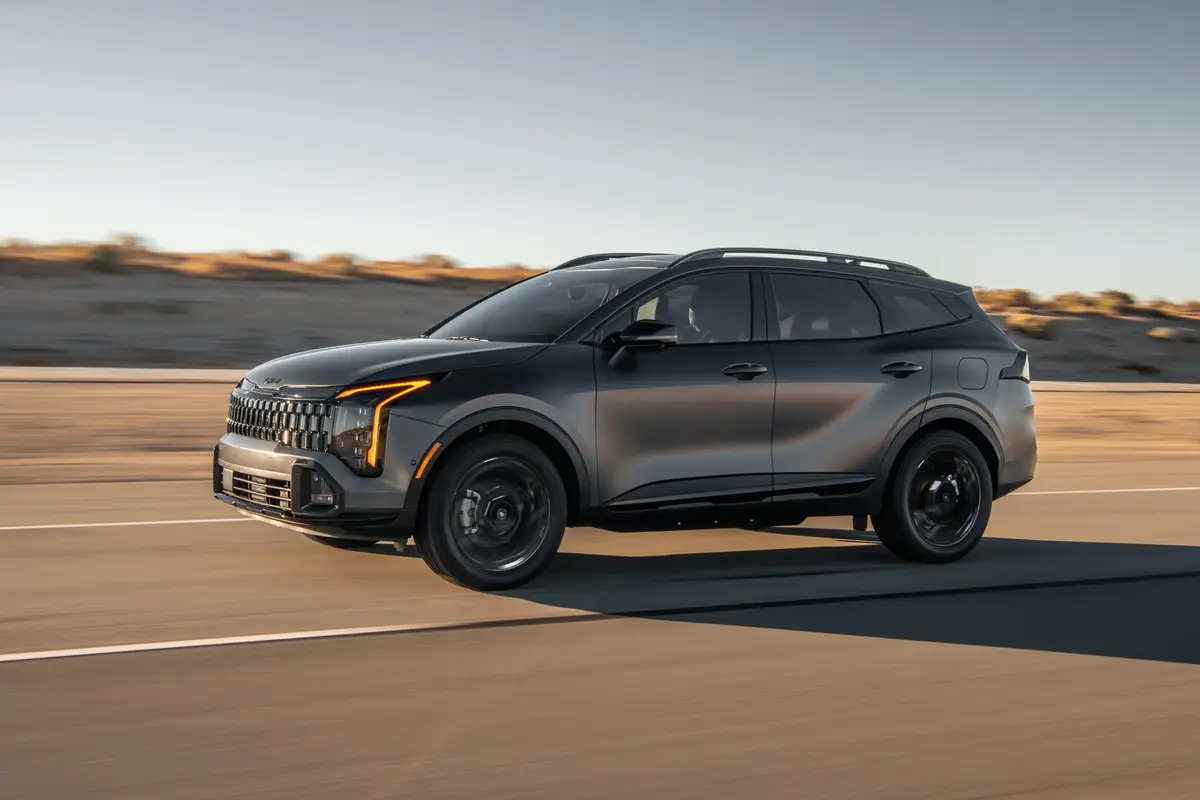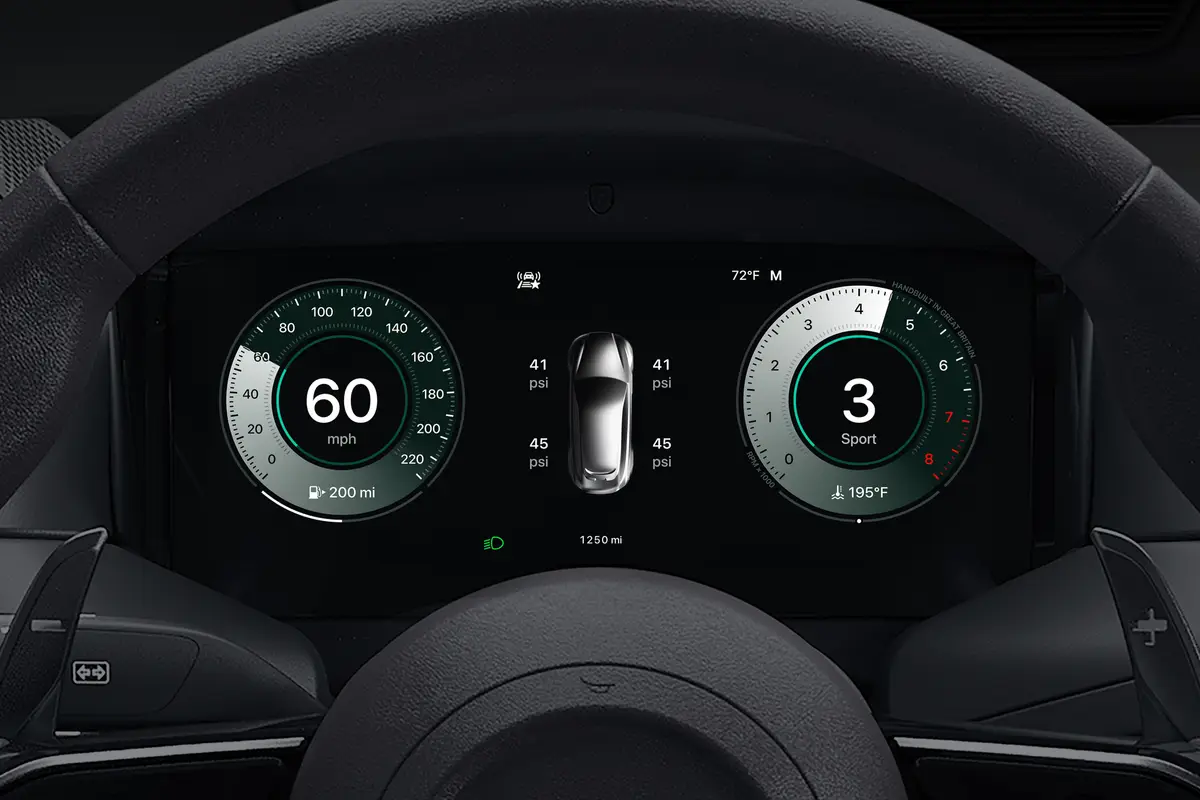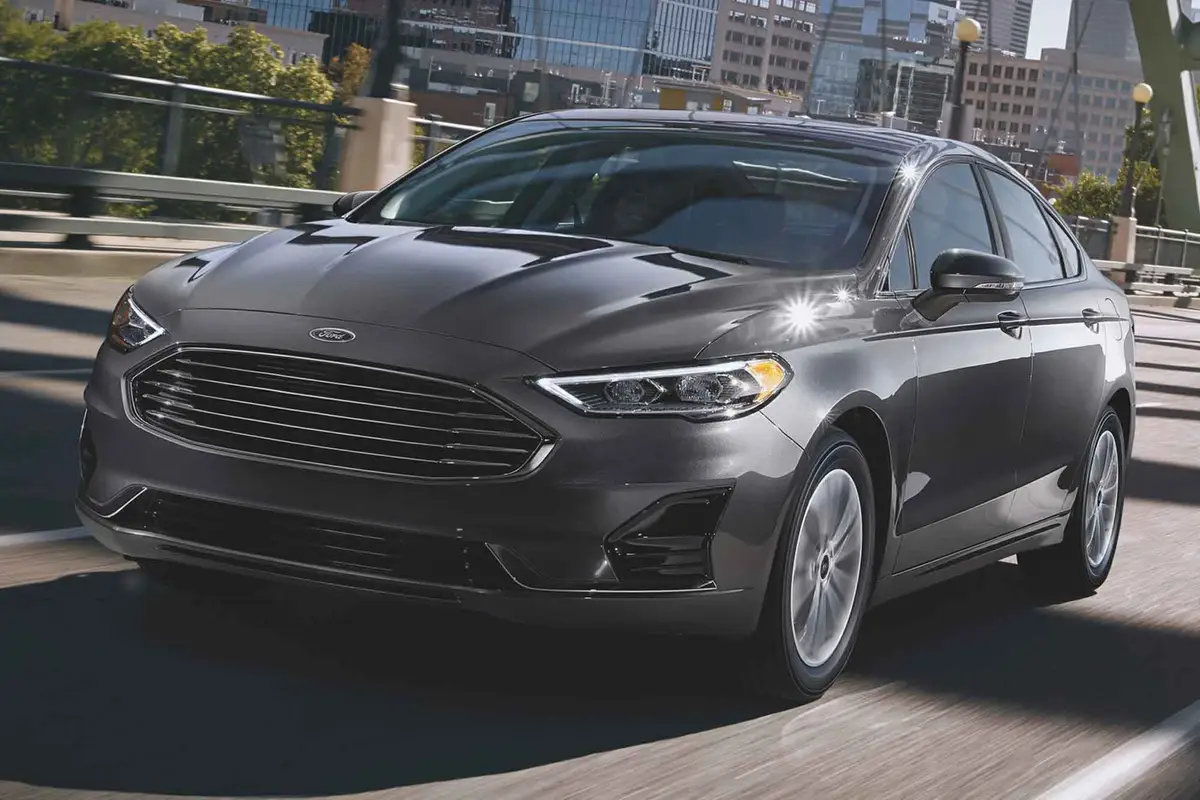The Morning Call and Mcall.com's view
“Son you’re gonna drive me to drinkin’ if you don’t stop driving that hot rod Lincoln.”
The new Lincoln LS doesn’t qualify as a hot rod, but it certainly is enough of a drivers’ car to make one forget about the barges sold under the same brand name.
So what makes this sedan, the LS, so different?
In a word: Jaguar.
Ford uses the same platform for both the Lincoln LS and Jaguar S-Type. About 40 percent of their parts are shared, including engine blocks.
Suspension tuning, styling, interior appointments and engine modifications make up the biggest differences between the cars. Although you won’t mistake the LS for a Jaguar, this Lincoln drives unlike any other.
Engine choices are either a Duratec V-6, similar to the one used in the Ford Taurus and Mercury Sable, or a new 3.9-liter V-8 similar to the 4-liter V-8 used in the Jaguar. The six is good for an adequate 210 horsepower and 205 pound-feet of torque. Opting for the V-8 ups the ante to a pleasing 252 horsepower and 267 pound-feet of torque.
A five-speed automatic is available for both engines, as is an optional SelectShift, which allows for manual shifting of the automatic transmission. But the real character of this car is revealed by the availability of a five-speed manual with the V-6, Lincoln’s first since the 1951 Cosmopolitan.
The test vehicle was a V-8, fully-optioned test vehicle that included the Sports Package, a $1,000 option that’s worth every penny. For that money, one gets 17-inch, rather than 16-inch, tires with brushed aluminum wheels and a sports suspension. It transforms the LS from a sporty car with a slight amount of float, to a car that handles a lot closer to the European norm. Float is eliminated, giving this car a confident feel.
The steering is nicely weighted, returning good road feel. The car tracks straight, going just where it’s pointed. Grip in corners is quite good, lending the car a fun feel that one doesn’t associate with this marque. It has admirable balance, handling the delicate task of bump absorption and ride quality deftly.
Engine power is effortless at all speeds and the engine emits a low refined growl when pressed. The growl grows when shifting manually — , noises enthusiasts will appreciate. The five-speed SelectShift tips forward to upshift, backwards to downshift, similar to Porsche’s Tiptronic. It stays in the gear the driver selects, so running to redline isn’t a problem if you’re so inclined. This is a sweet drivetrain. The LS confidently handled some nasty upstate weather without raising a sweat.
Anti-lock brakes and traction control are standard. The test car had the new AdvanceTrac option. Similar in concept to systems in more expensive cars, the system monitors steering throttle and brake imputs and vehicle response to those imputs via yaw, lateral acceleration and wheel speed. It then adjusts acceleration or braking accordingly to prevent the vehicle from encountering a tragic end. The gri p on the LS was strong enough that it never activated. Impressive.
Consumer Reports called this car the best handling American car they’ve driven. That seems completely accurate.
The styling reflects the sophisticated nature of the drivetrain. A strong, slanted beltline rides just above the wheel arches, which are pushed to the front of the car. The front end resembles the Navigator sport utility vehicle, an intentional design given the boomer-age target audience of both vehicles. The back end has some typical Lincoln styling cues as well, including a bold chrome license plate surround.
It adds up to a conservative, if timeless design.
Inside, the styling is equally conservative, though ergonomically up to date. The switchgear is identical in its location to the Jaguar S-Type, but here the Jaguar’s higher price is shown through better quality materials.
Some plastics seemed a little too cost effective, but the Lincoln’s interior seemd roomier than th e Jaguar’s, tho ugh both cars lack an abundance of interior storage. This is especially a concern if one orders the CD changer. Ford installs it in the glove box, rendering it unable to carry anything else, even gloves.
The front driver’s seat seemed more comfortable than the passenger’s seat. Rear seats were especially good, with deep, firm supportive seats, rear headrests and good foot room.
The trunk seemed roomier than its specs suggest. A full-size spare resided next to the battery, housed in the rear to balance the weight of the car front to back.
Of course, all the requisite luxury features are here, including dual zone automatic climate control (oddly unavailable on costlier Lincolns), leather seating surfaces, Homelink universal garage door opener, power windows/locks/mirrors, power moonroof, automatic door locks, automatic headlamps, heated seats and even rain-sensing windshield wipers.
When this car was being developed along with the S-Type, there were fears that the Jag would be watered down by Lincoln’s influence. Just the opposite has happened. This Lincoln is better due to Jaguar’s influence.
It’s even been named Car Of The Year by Motor Trend Magazine.
With the heart of a Jaguar, great balanced handling, conservative design and the size of a BMW 5-series at a 3-series price, this car is a must drive for anyone looking at an entry-level luxury car.
It all adds up to one of the tastiest new sports sedans and it’s a Lincoln.
>> 2000 Lincoln LS
Vehicle type: Mid-size 4-door luxury sedan
Engines: 3-liter DOHC V-6 or 3.9-liter DOHC V-8
Transmission: 5-speed manual, 5-speed automatic
Wheelbase: 114.5 inches
Length: 193.9 inches
Curb weight: 3,671 pounds
Cargo volume: 13.5 cubic feet
Tires: V-rated 225/50R17
Base price, base model: $31,450
Base price, test model: $35,225
EPA rating: 17 mpg city, 23 mpg highway
Test mileage: 21.6 mpg
Fuel type: Premium
>>
Latest news



